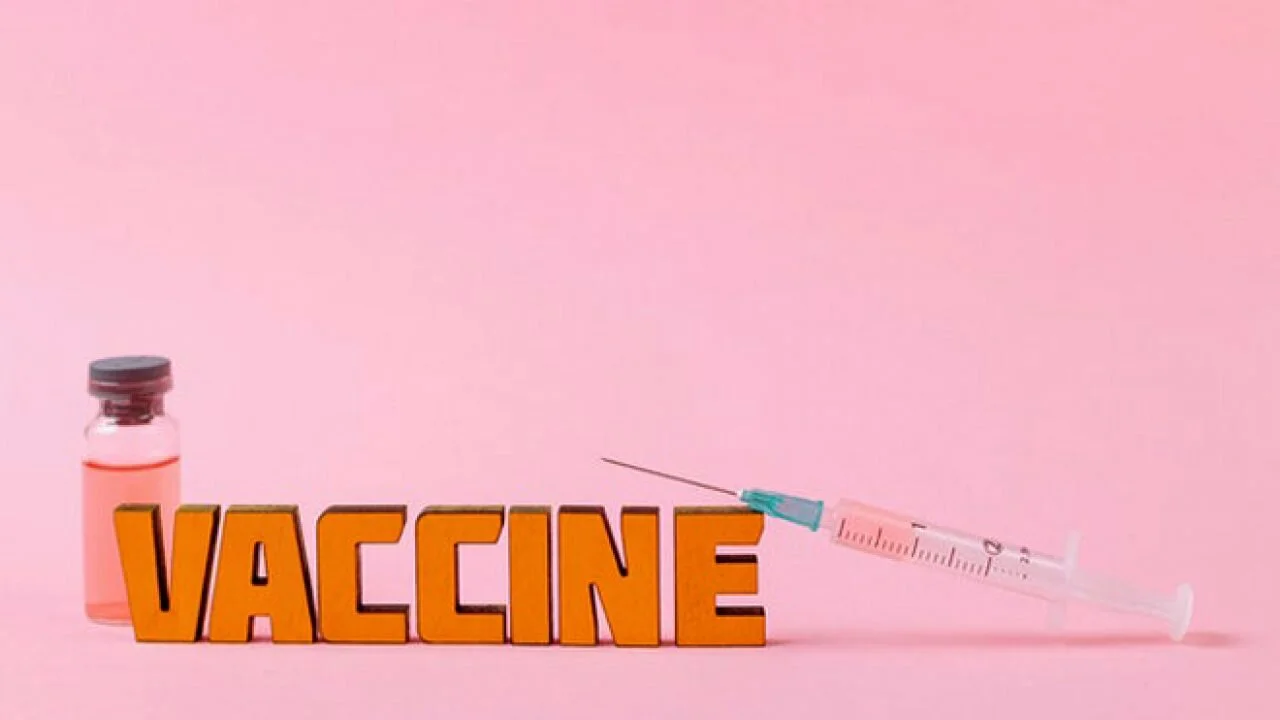Let’s Talk About Our Breasts: How to Stay Proactive About Our Health
In the US, 1 in 8 women (12%) will develop breast cancer over their lifetimes. That number can seem scary, but there are some plans that we can talk about to keep an eye on our health before things progress. Early detection can significantly increase survival rate, and we’re here to pass on some tips to our TGR family!
How well do you know your body? Body awareness can help us because our health truly starts in our homes and not just at our annual wellness check-ups at the doctor. Knowing what is normal for your body and your breasts will help take a huge weight off your shoulders and allow you to be more aware of any suspected red flags. When it comes to breast awareness, keep an eye on the following questions – how do your breasts feel in texture? How does their sensitivity change at different points in your menstrual cycle (i.e. at some points in your cycle they may feel more lumpy, and at other more tender)?
Beyond this, it’s important to know about how to perform a self breast exam each month to check for anything that feels out of the ordinary (like a new lump). While this doesn’t automatically mean you have breast cancer, should you find something unusual it is definitely recommended that you go visit a doctor to rule it out.
To perform a thorough self breast exam each month follow these steps:
1) Grab a small mirror or stand in front of one, and take note of if you notice any of the following changes in your breasts from normal --
Has either breast changed in size or shape?
Is there any thickening of the skin around the breasts or underarms?
Do you notice any swelling, redness, or warmth around the breast?
Is there any itchiness or scaly skin around or on either nipple?
Do you feel any pain in any part of the breast?
Is there any dimpling of the breast or pulling in of your nipple?
2) Pick up and lift each breast with your hands so that you can observe for the same changes as listed above underneath each breast. Feel with the flat part of your fingers (not your fingertips) for any lumps or knots in this area.
3) Using your thumb and index finger, spread out each nipple and look for any discharge – which may be watery, milky, yellow, or even have blood. If so, contact your doctor immediately.
4) Lie down on your back and gently feel each breast in a clockwise motion for any lumps or knots. Start at the nipple and move outward in larger and larger circles until you have covered the entire breast. Check for lumps and knots in your armpit region as well. Do the same check for breasts and armpits while standing. *This step can also be performed in the shower after lathering breasts so that your fingers glide easier when feeling for lumps*
Aside from this, It’s important to keep in mind what changes you can make to your lifestyle to reduce your risks. While your family history cannot be changed, limiting your alcohol, smoking, and controlling weight can all help decrease the risk of developing breast cancer.
Stay healthy and stay informed!












